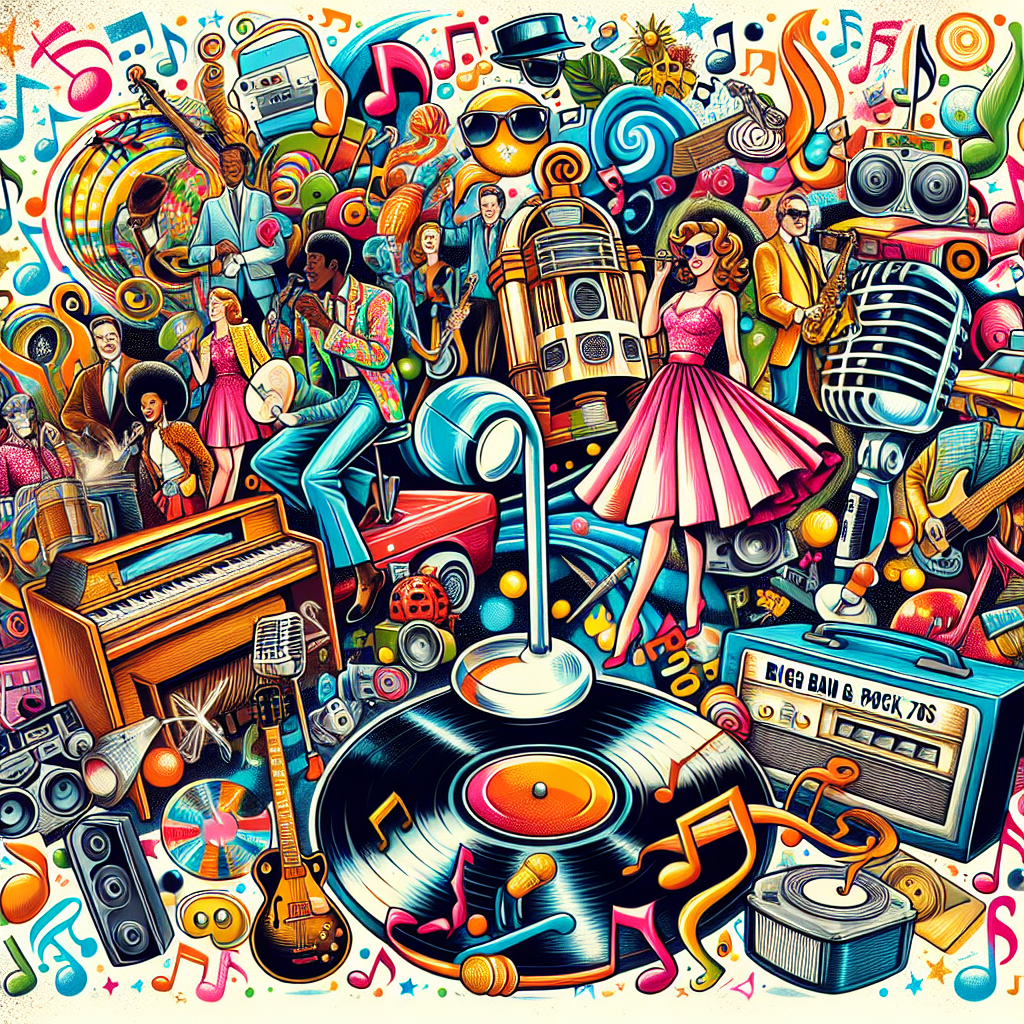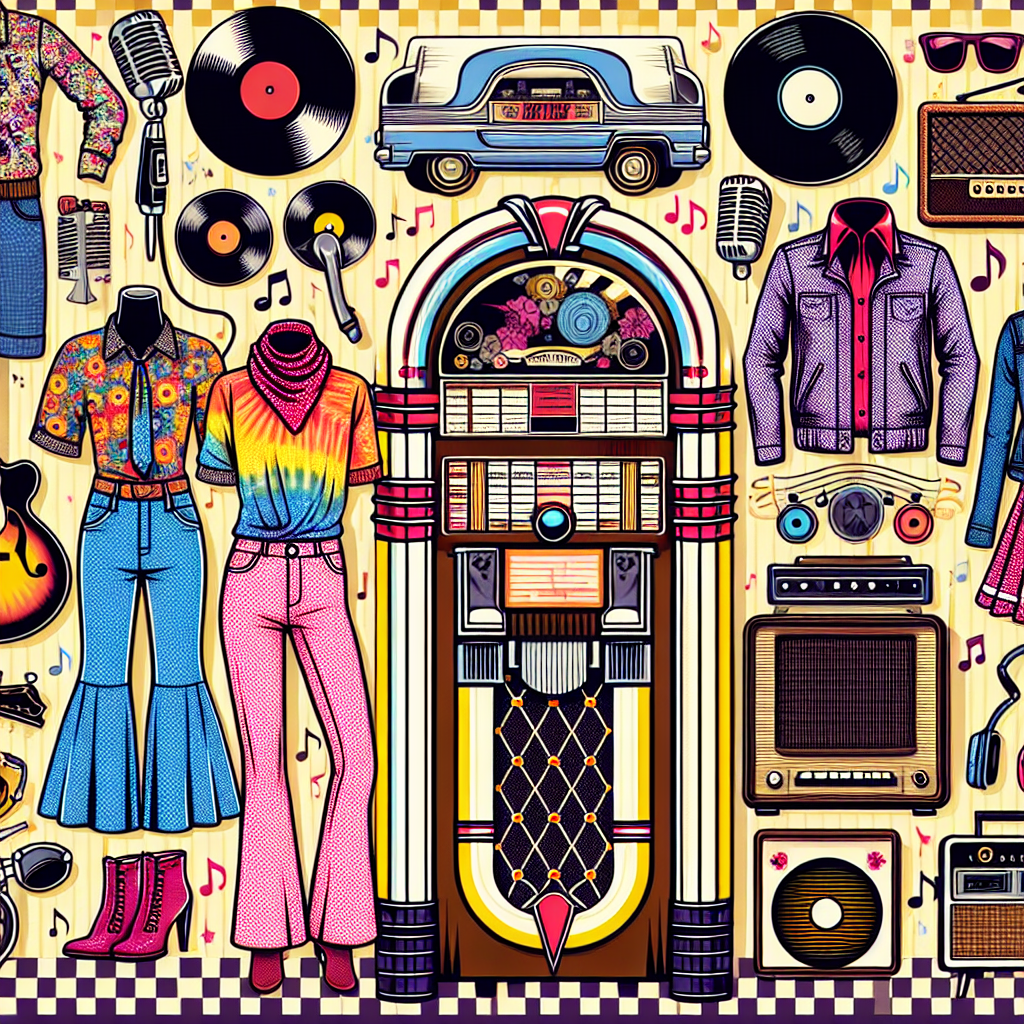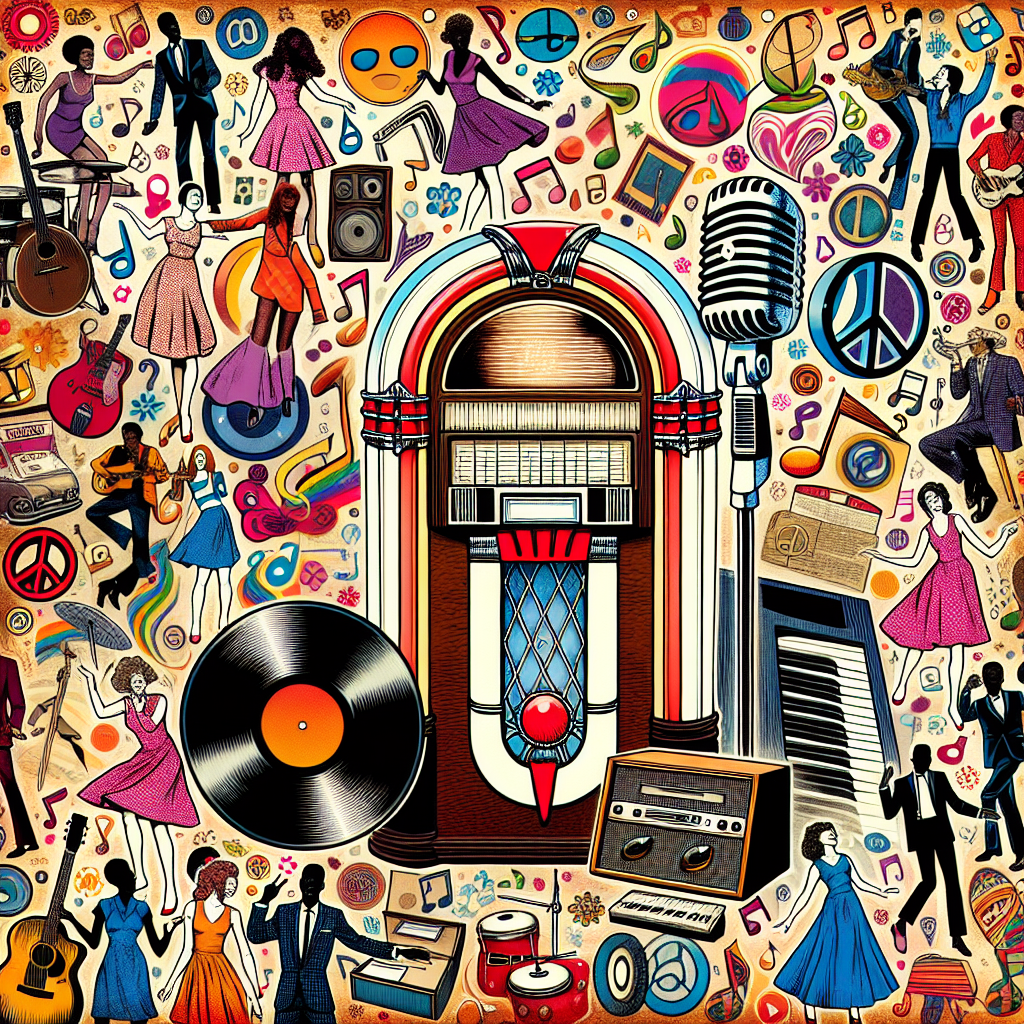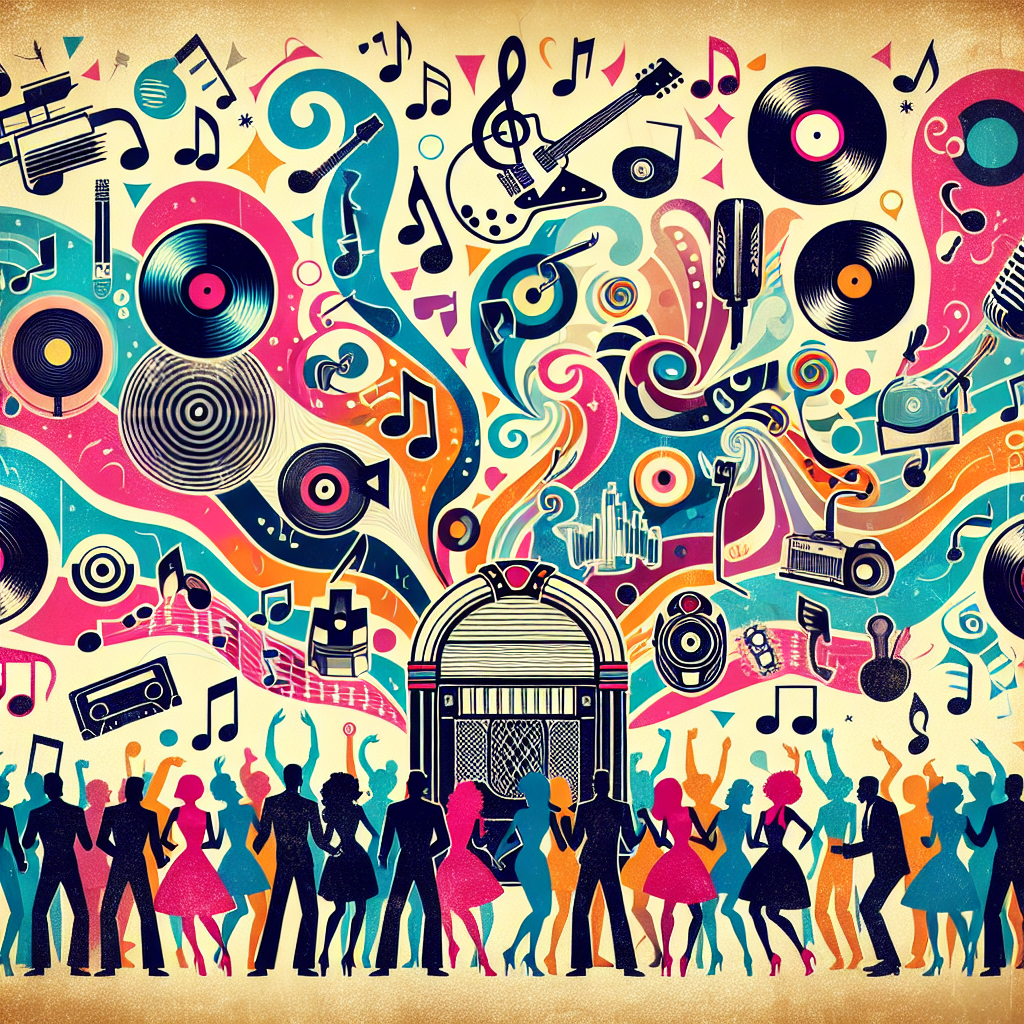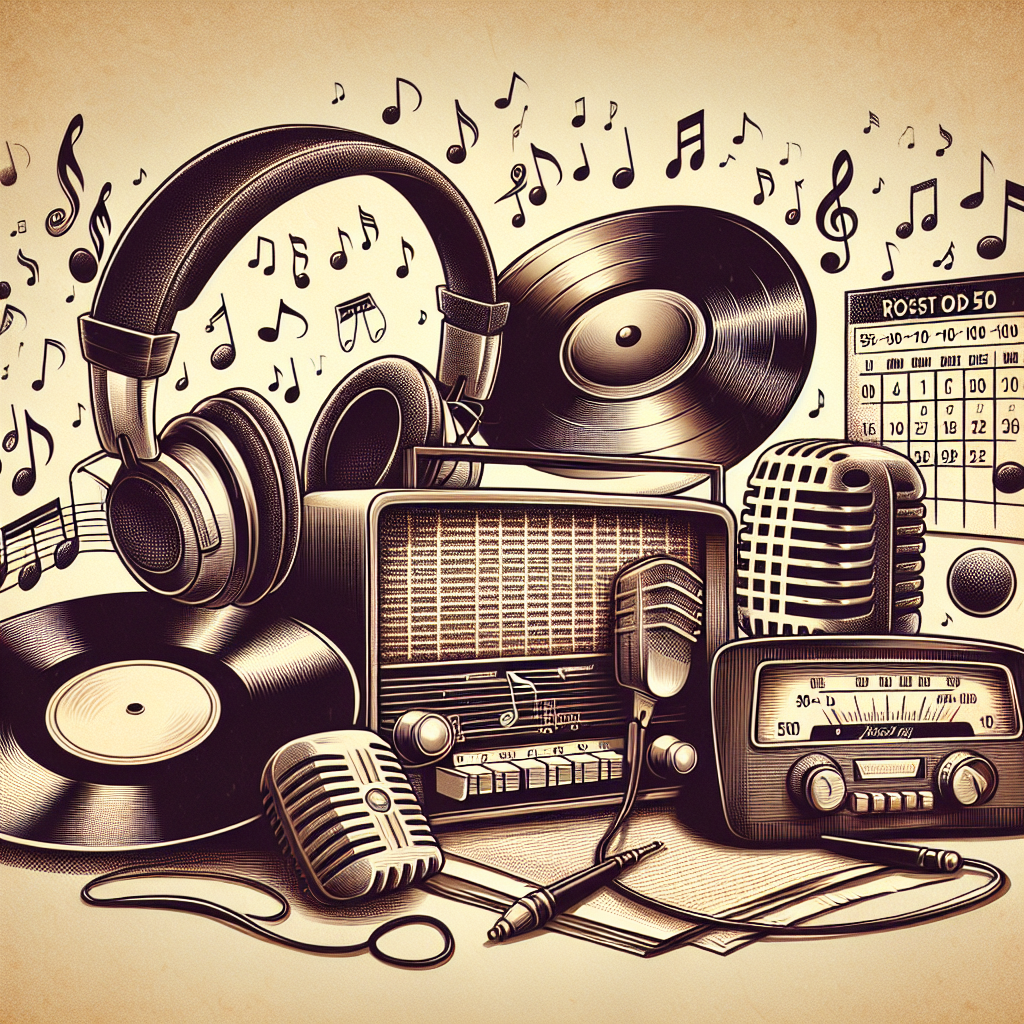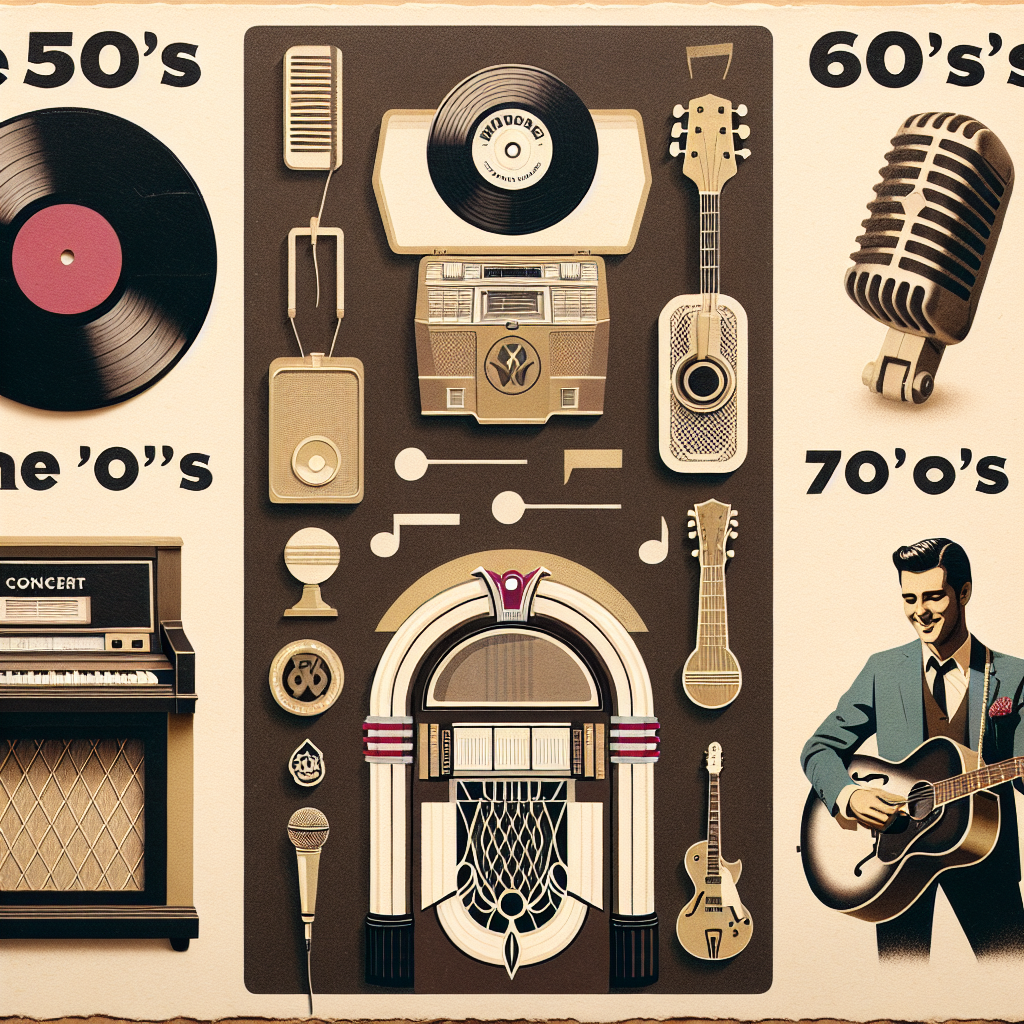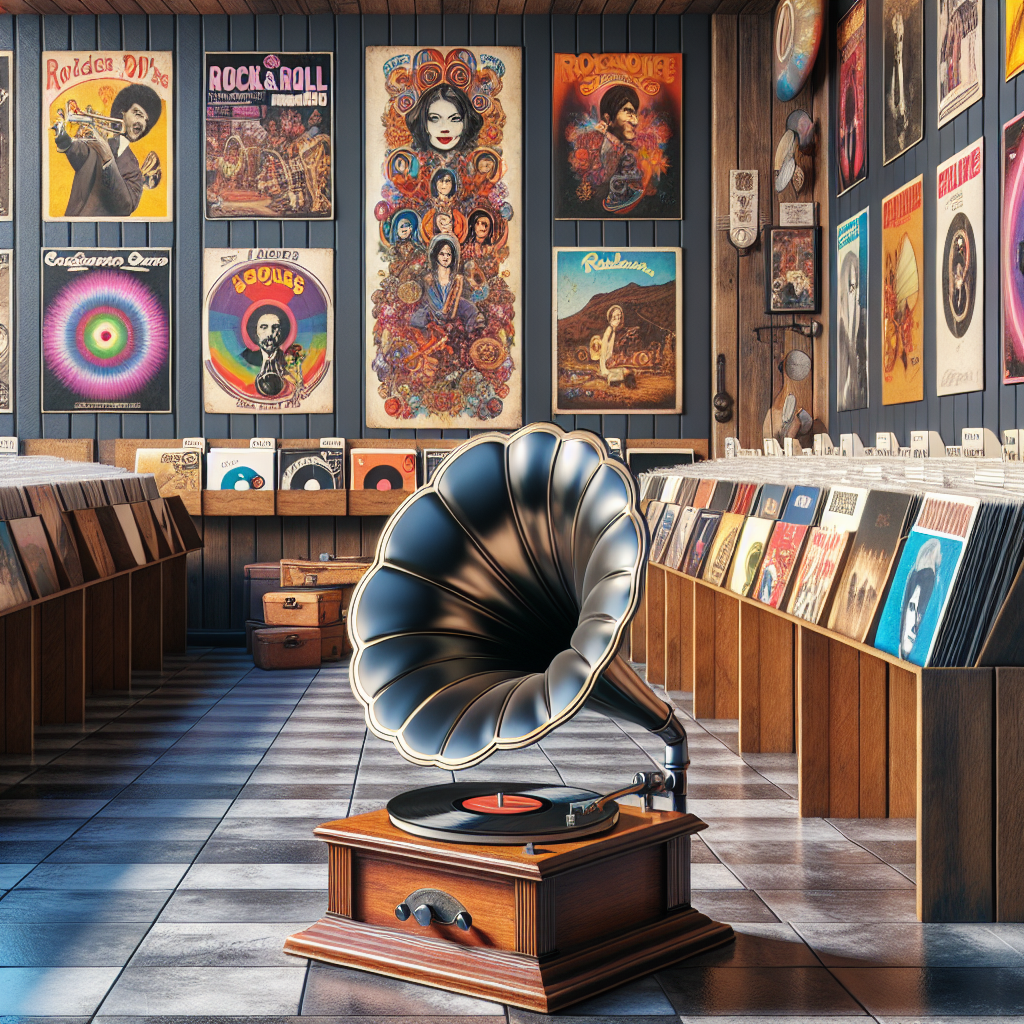The 1960s were a time of great change and upheaval in American society. From the civil rights movement to the Vietnam War, the country was in a state of flux. One of the most significant cultural movements of the decade was the folk music revival, led by artists like Bob Dylan.
Music has always played a crucial role in shaping culture and reflecting the times we live in. In the 60s, folk music became a powerful tool for expressing dissent and challenging societal norms. Artists like Bob Dylan used their music to speak out against injustice and call for change. Their songs became anthems for a generation looking to make a difference.
Politicians also took notice of the power of folk music. Figures like President John F. Kennedy and Senator Robert Kennedy recognized that these artists had a unique ability to connect with young people and inspire them to action. They invited musicians like Pete Seeger and Joan Baez to perform at political rallies, using their music to energize crowds and spread their message.
The folk music revival also had an impact on fashion. Artists like Bob Dylan popularized a more casual, bohemian style that rejected the conformity of previous decades. Their unkempt hair, denim jackets, and acoustic guitars became symbols of rebellion against mainstream culture. This laid-back aesthetic would go on to influence fashion trends for years to come.
Technology played a crucial role in spreading folk music to a wider audience during this time. The invention of the portable record player made it easier for people to listen to music anywhere, while radio stations began playing folk songs alongside more mainstream hits. This increased exposure helped bring folk music into the mainstream and solidify its place in popular culture.
Overall, the folk music revival of the 60s was a positive force for change in American society. It gave voice to marginalized groups, challenged authority, and inspired people to come together in pursuit of social justice. Artists like Bob Dylan paved the way for future generations of musicians to use their platform for activism and make a difference in the world.
